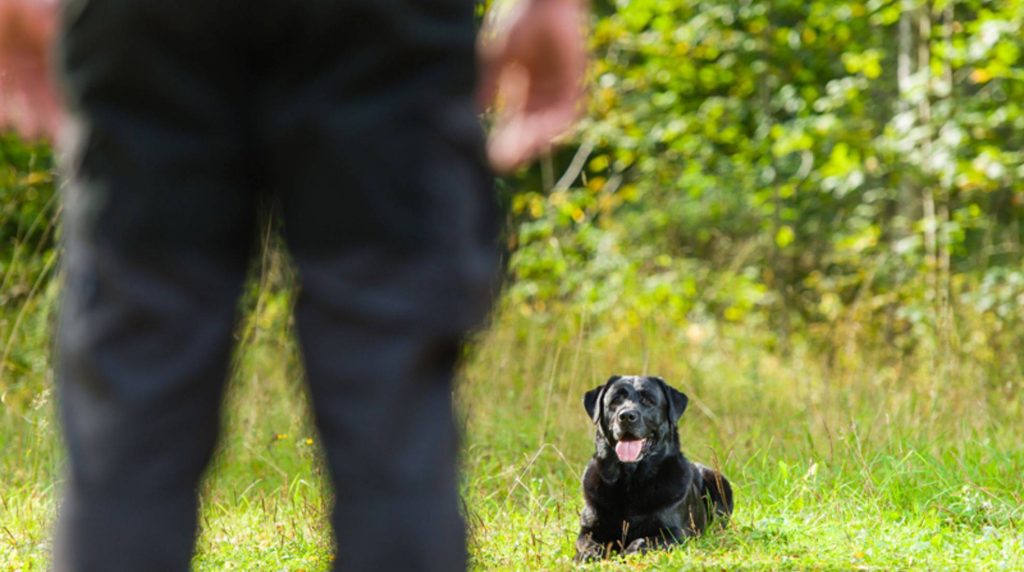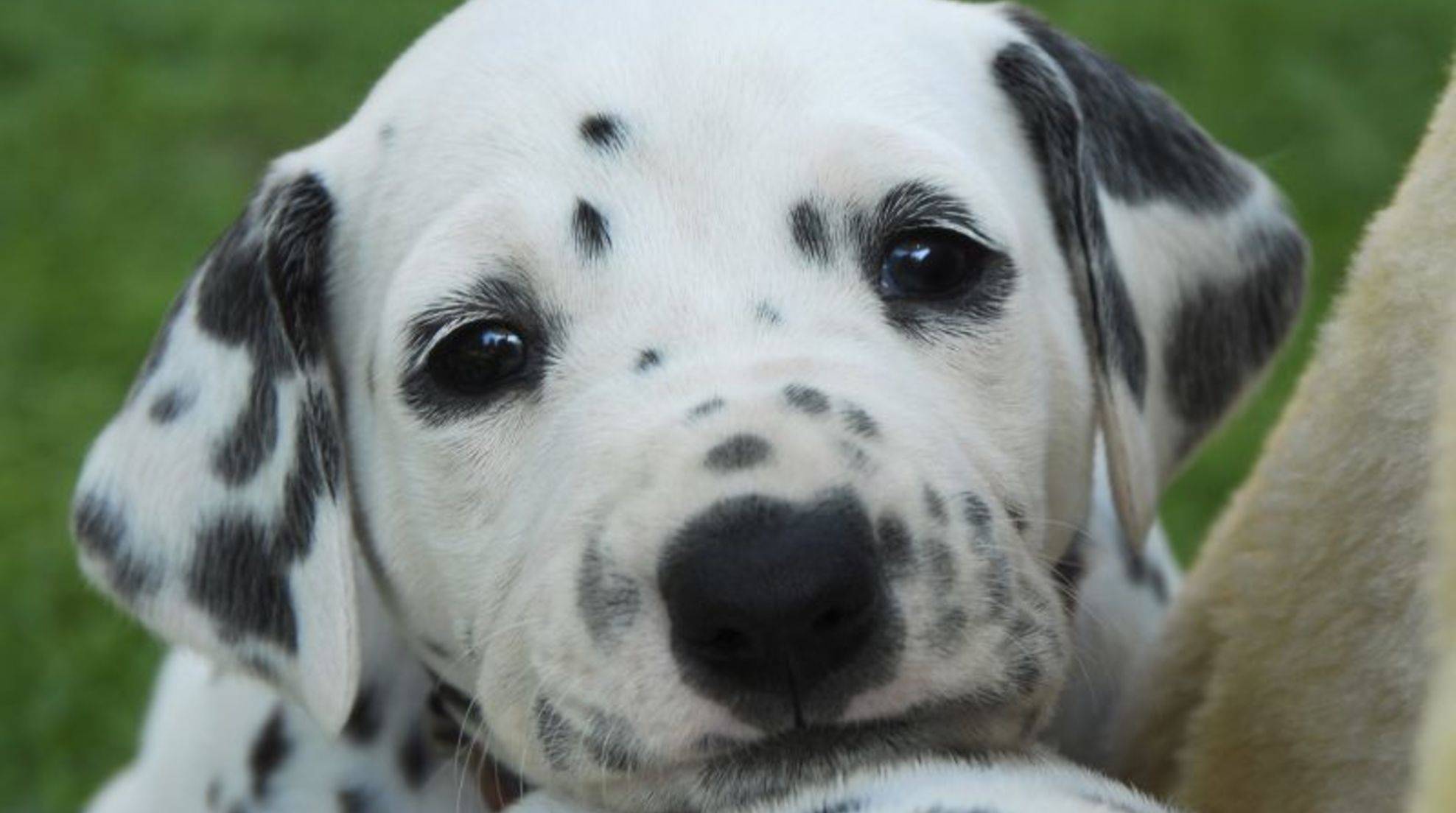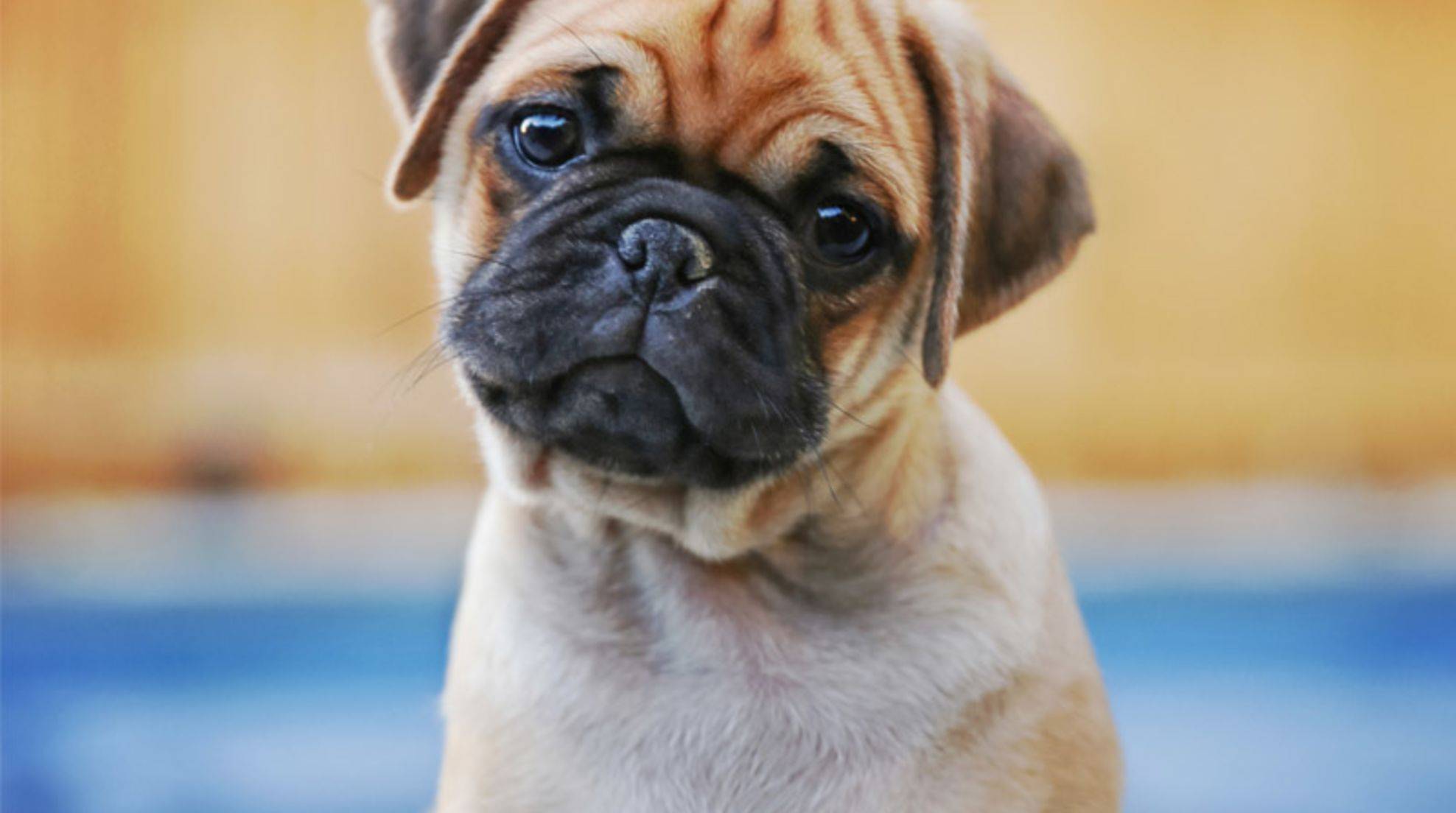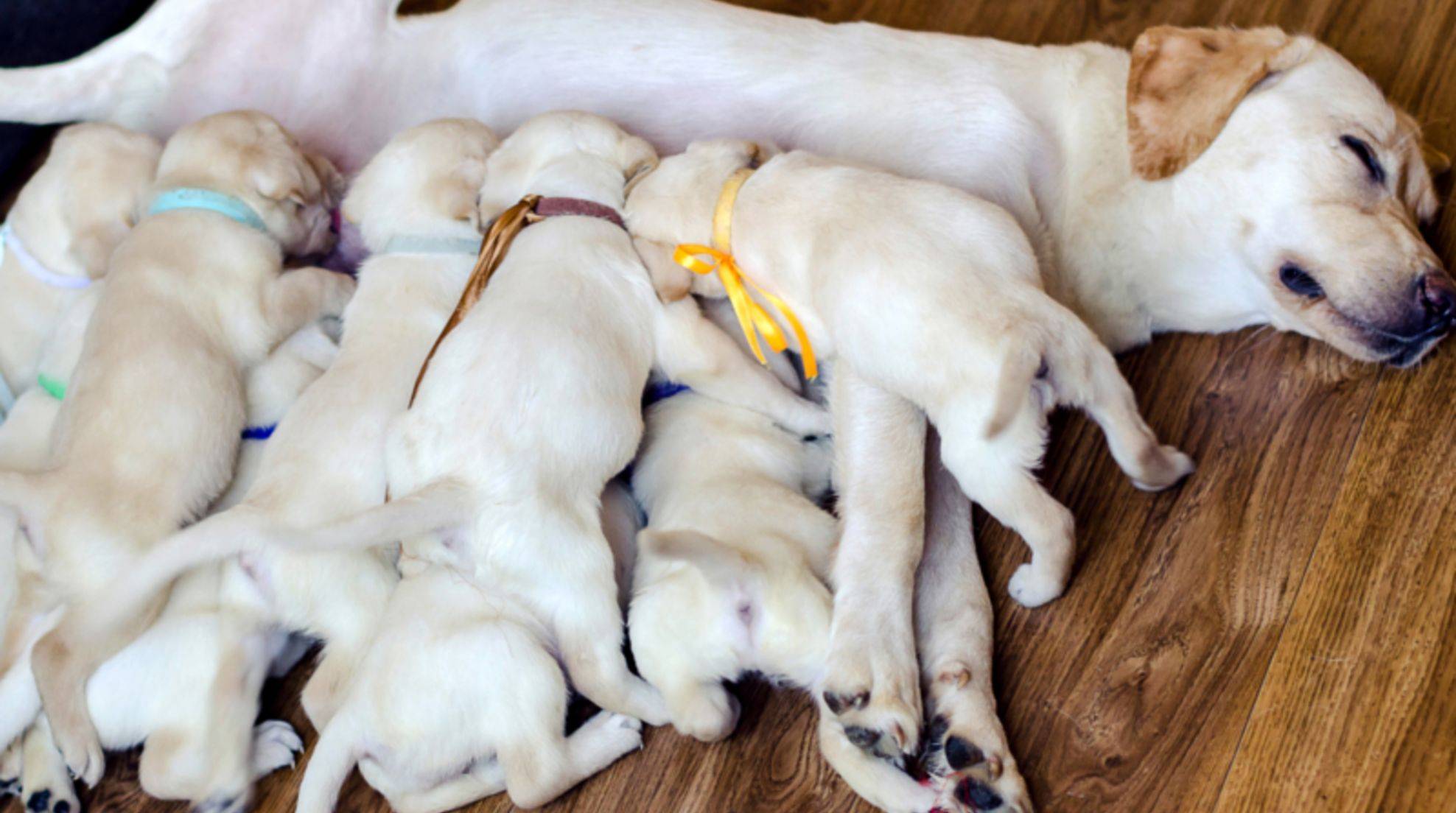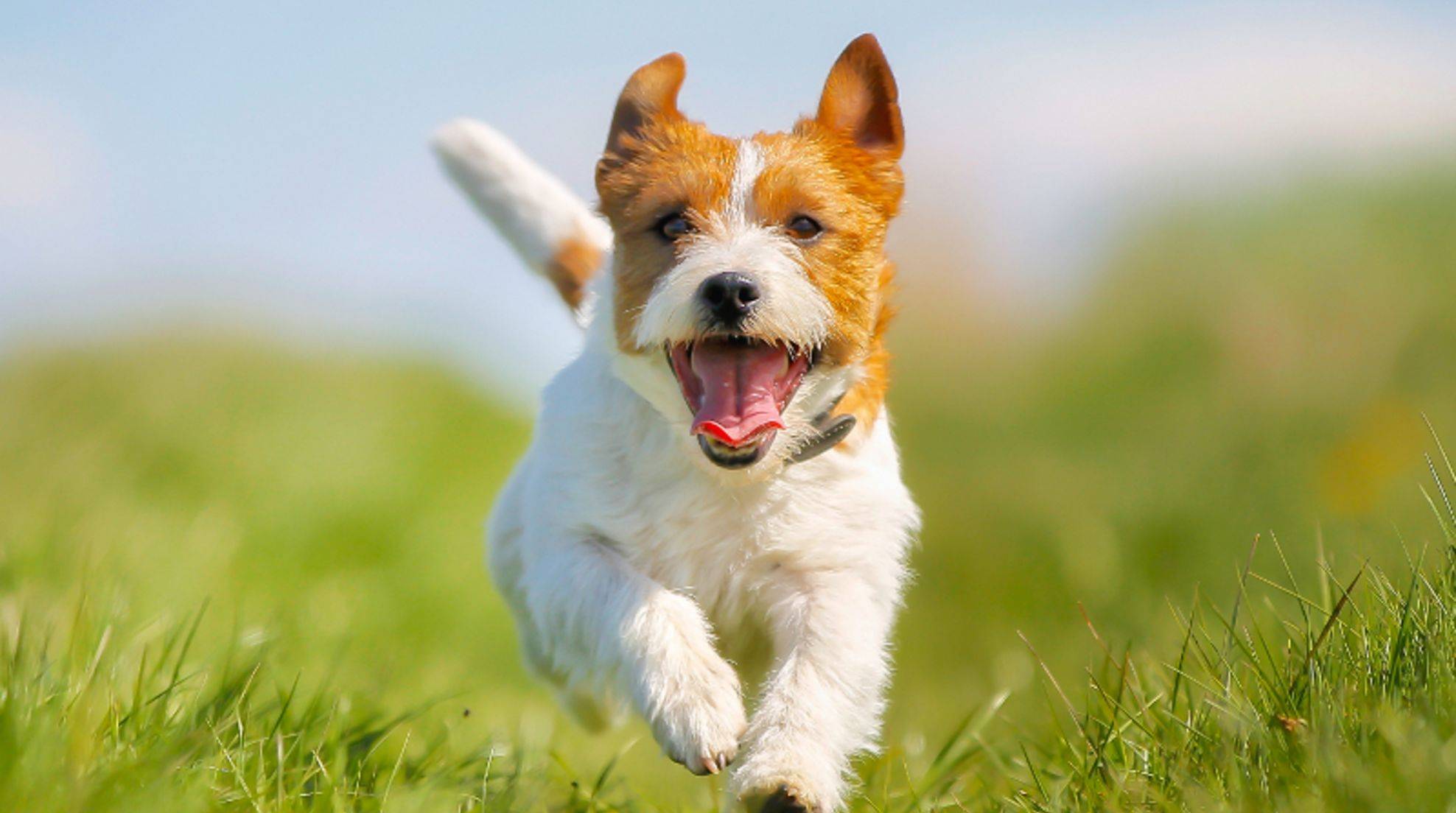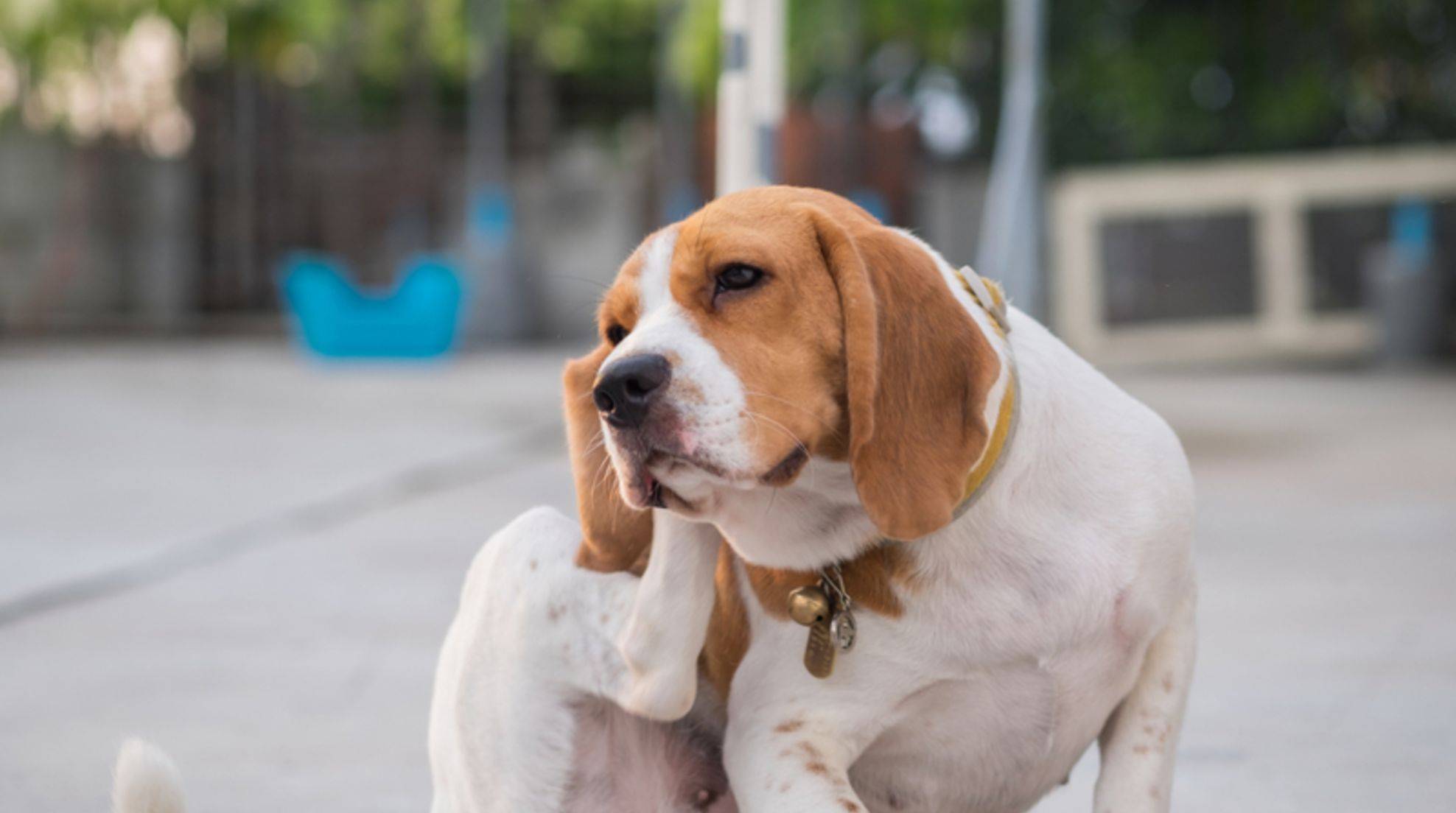This is what obedience training for the dog is all about
Obedience training is often called the “high school” of dog sports. What exactly is hidden behind the “obedience training” and how it differs from Agility, you can learn here.
The term obedience training is derived from the English word for obedience. In general, it is about a perfect understanding between man and dog. Often obedience training is compared with dressage and Agility with show jumping – so the “obedience training” is a kind of unique freestyle.
Obedience and communication
Obedience training is mainly about perfect communication between man and dog – the proper education and consistency are prerequisites here. The four-legged friend must also trust his master 100 percent – some exercises, for example, are performed over a great distance between the two partners or even out of sight.
But also, the social compatibility of the animal with other quadrupeds or humans is checked. Unlike the term “obedience” suggests, obedience training is not about the drill. Your dog should not simply track on command but follow you voluntarily and listen to you. You achieve this by making your dog enjoy the training and feel that it is beneficial for him to follow you. Generally, obedience training is appropriate for dogs of all sizes, breeds, and ages. Judges are instructed to consider the specifics of the participants when judging.
Obedience Training: History of the Dog Sport
Like Agility, obedience training originated in England. It was invented almost a century ago as part of the eventing trials. However, it has only been considered a recognized sport for dogs since 1951. There are four classes: The beginner class and classes one, two, and three. At each performance level, there are ten exercises, which must be performed consecutively without errors. Among them are retrieving, self-identification, change of position, and character.
Obedience Training and Agility: Difference?
The English term “agility” can be translated as “agility” and “nimbleness.” Although this dog sport also promotes the bond between man and dog, friendship is less the focus of interest but a significant side effect. In an agility competition, the participating dogs must run through a course with obstacles one after the other, as quickly and flawlessly as possible. The owner gives the four-legged friend body language and auditory signals to understand.
Obedience is not about speed and physical performance, but strengthening the bond between animal and owner is the ultimate goal. Therefore Obedience training is suitable for all dogs, Agility, however only for some physically fit quadrupeds. However, some dogs enjoy both sports – one does not exclude the other.

